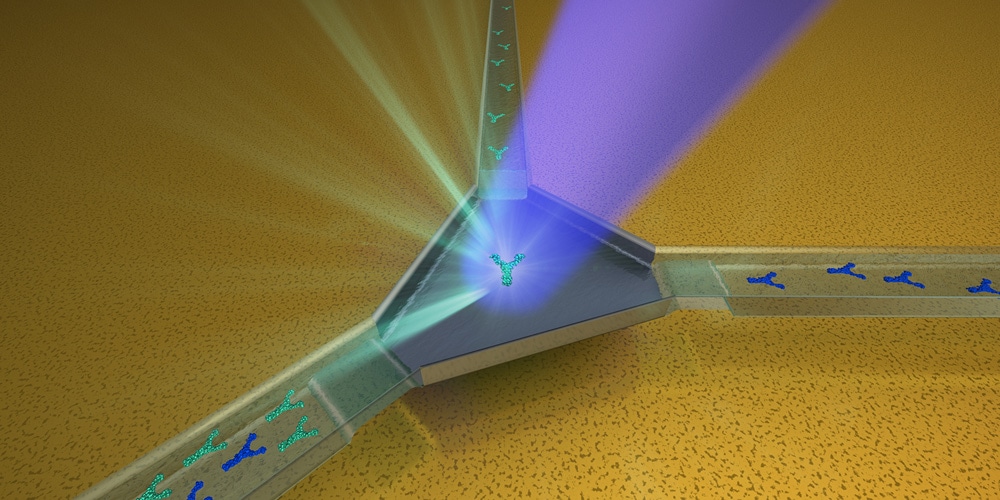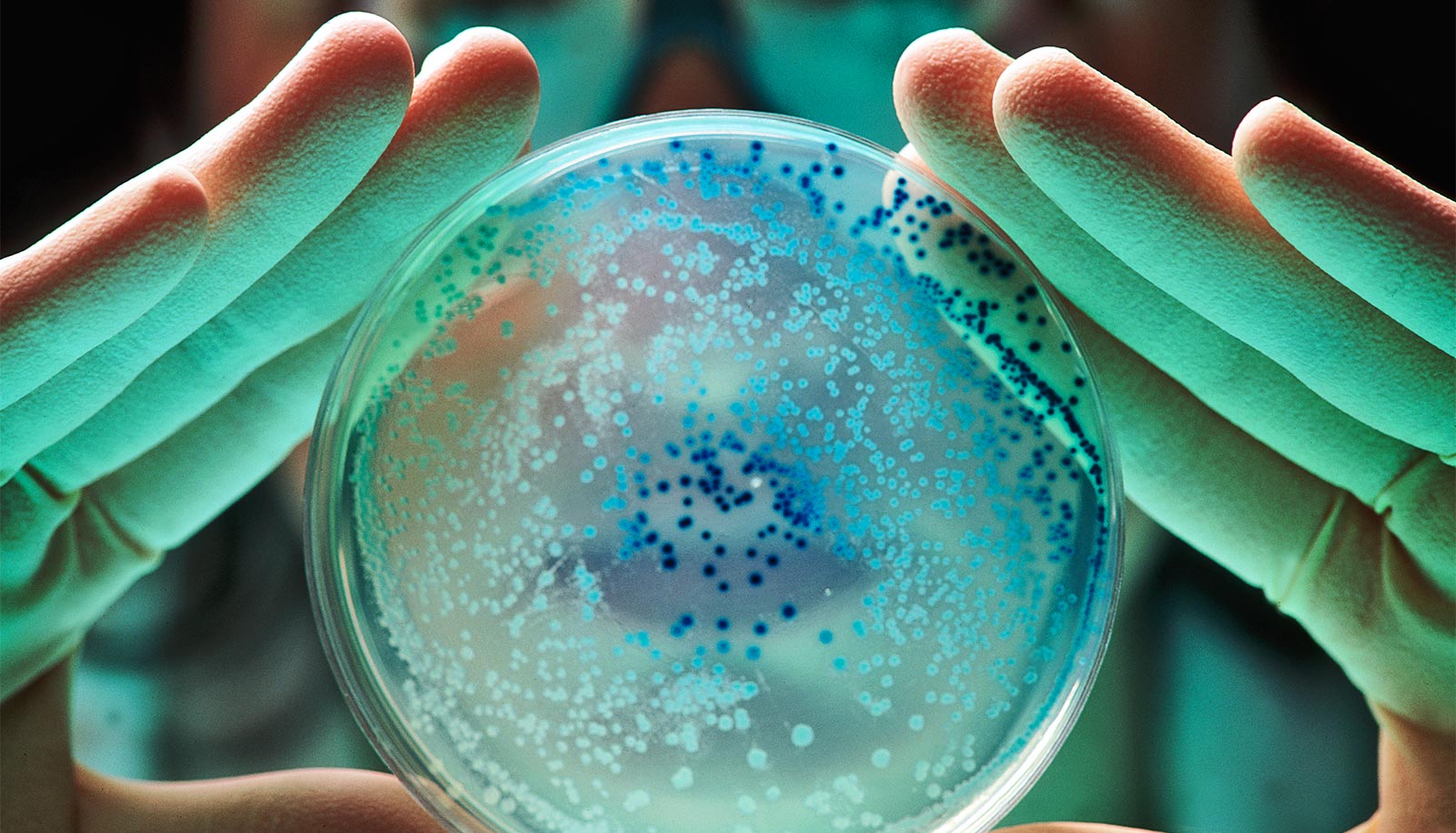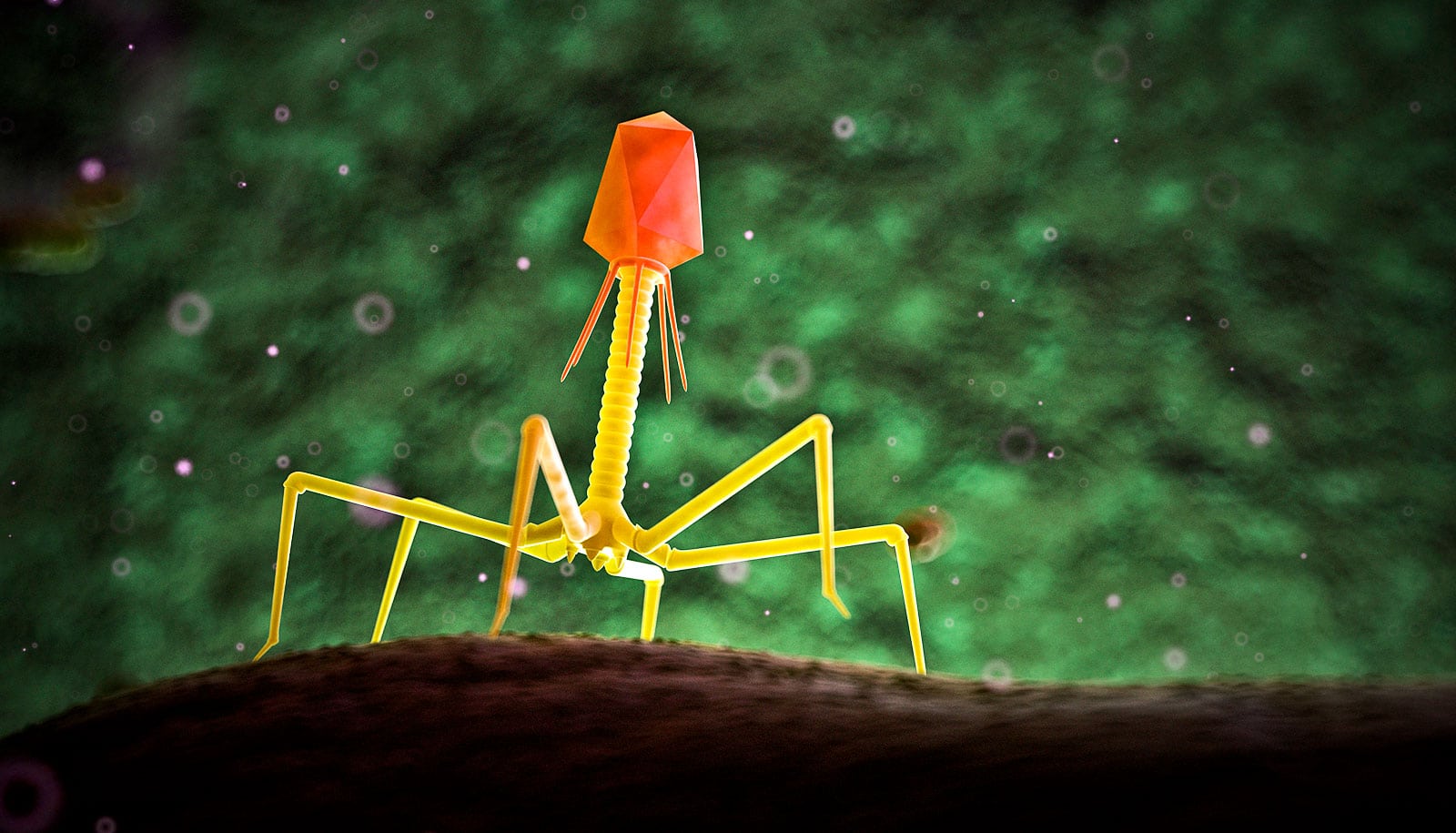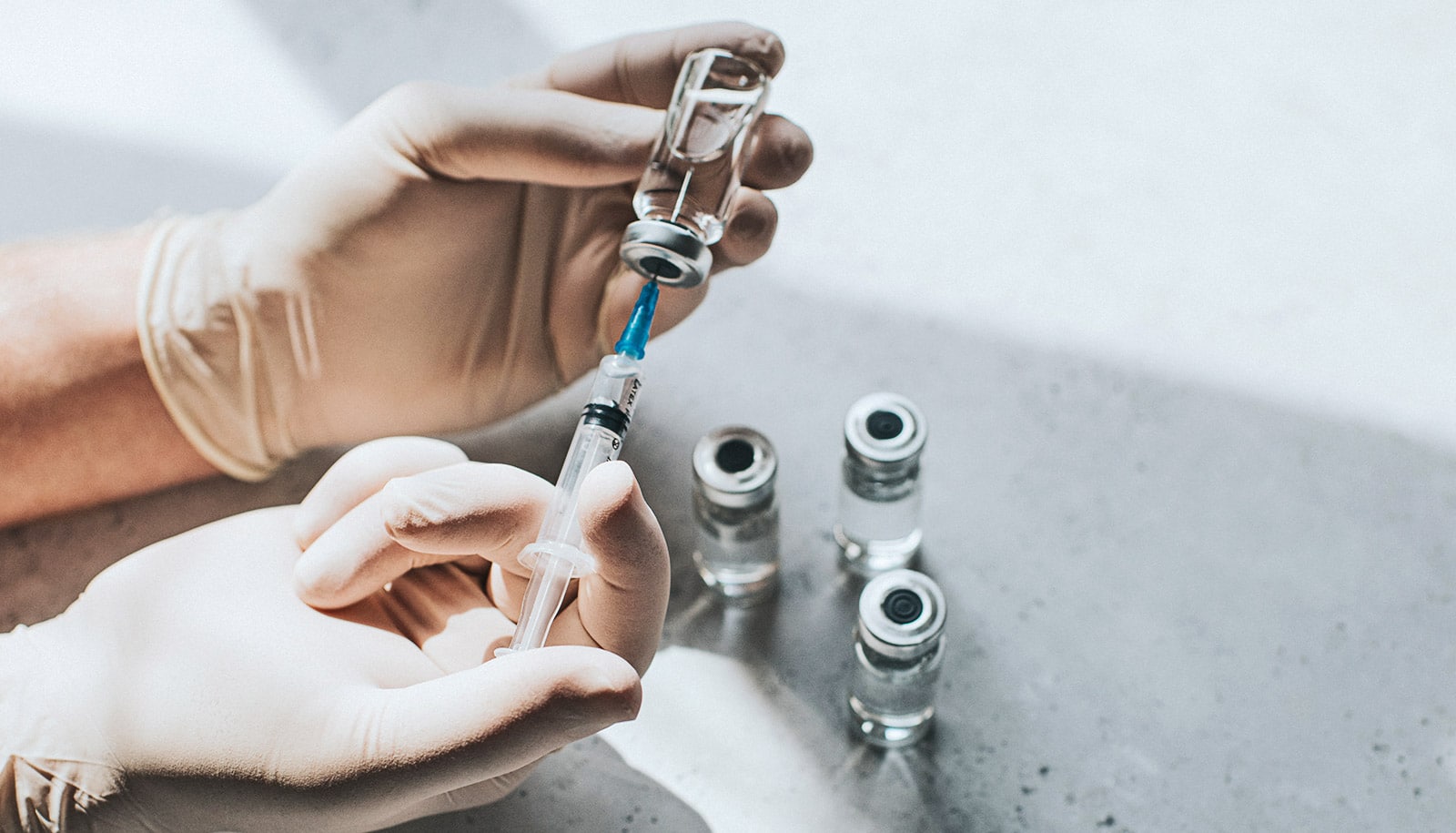Researchers have developed tiny valves that enable the separation and sorting of individual nanoparticles in liquids.
The valves work with a broad range of tiny particles, including individual metal and semiconductor nanoparticles, virus particles, liposomes, and larger biomolecules such as antibodies.
The nanovalves work differently than classic valves, which are used to mechanically close and open flow in pipelines, as in a tap. “These mechanical valves can be miniaturized, but not as far as we would need for nanoscale applications,” explains Dimos Poulikakos, chair of thermodynamics at ETH Zurich. “If channels are thinner than a few dozen micrometers, they cannot be mechanically closed and opened with any regularity.”
“It is fundamentally difficult to examine individual nanoparticles in a liquid, because Brownian motion acts on the nanoscale.”
In order to open and close the nanoparticle flow in ultrathin channels, the scientists used electric forces. They worked with channels etched into a silicon chip with a diameter of just 300 to 500 nanometers—less than a hundredth of the diameter of a human hair.
The researchers then constructed nanovalves in these channels by narrowing the channels at desired valve locations using nanolithography and placing an electrode on both sides of these bottlenecks.
Nanoparticles in pure water cannot simply pass through the bottleneck; for them, the valve in its basic state is closed. By activating the electrode in particular ways, the electrical field in the bottleneck can change. This leads to a force acting on any nanoparticles present, which pushes the particles through the bottleneck—this is how the valve “opens.”
Nanoparticles in a saline solution, however, behave differently: they can pass through the bottleneck in its basic state—for them, the valve is “open”. Yet, as the scientists showed, a skillful application of alternating electrical fields can stop these particles at the electrodes. In this way, researchers can easily manipulate biological particles such as viruses, liposomes, and antibodies that are usually present in saline fluids both in nature and in the laboratory.

“It is fundamentally difficult to examine individual nanoparticles in a liquid, because Brownian motion acts on the nanoscale,” explains Hadi Eghlidi, senior scientist in Poulikakos’ group. The tiny particles do not remain still but instead vibrate constantly, with a movement radius that is many times their diameter. “However, we can capture the molecules in a small space between two or more valves and then examine them under a microscope, for example.”
As part of a proof of concept, the scientists prepared an isolation and sorting lock with a junction and three valves on a silicon chip. An individual nanoparticle can be captured and examined at the junction. The valves can then be controlled so that the particle leaves the system through one of two outlet channels, allowing nanoparticles in a liquid to be sorted into two classes.
Together with colleagues from the University of Zurich, the ETH researchers succeeded in using the system to manipulate tiny semiconductor nanoparticles (quantum dots) and antibodies—both with a diameter of just 10 nanometers.
Toolkit lets chemists ‘mix-and-match’ for new nanoparticles
As the scientists emphasize, it is, in principle, possible to arrange a complex nanochannel system with any number of controllable valves on a silicon chip. “By fine-tuning the electrical field at the electrodes, in the future it could be possible to use the valves as a filter, letting particles with particular physical properties pass through while blocking others,” says Christian Höller, a doctoral student in Poulikakos’ group.
The scientists would now like to further develop the technology together with partners to bring it up to readiness for standard use in research.
Since it enables sorting of particles on a small chip, for example, it could be of interest in materials science, chemistry, or biomedicine. It may also be possible to use this technique to isolate synthetic or biological particles to examine them microscopically or to analyze them under the influence of pharmaceutical drugs.
Source: ETH Zurich



